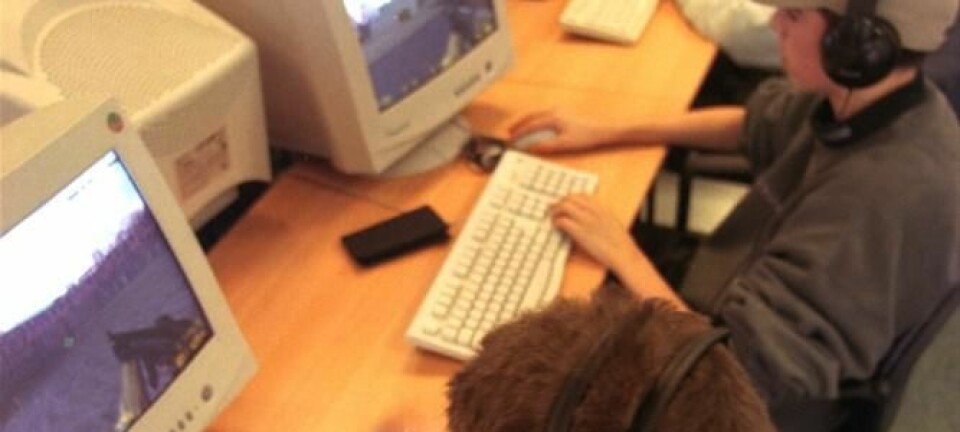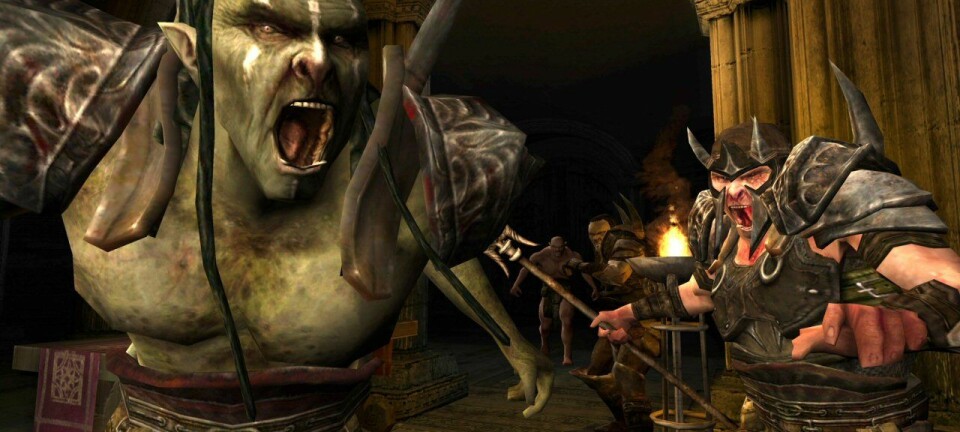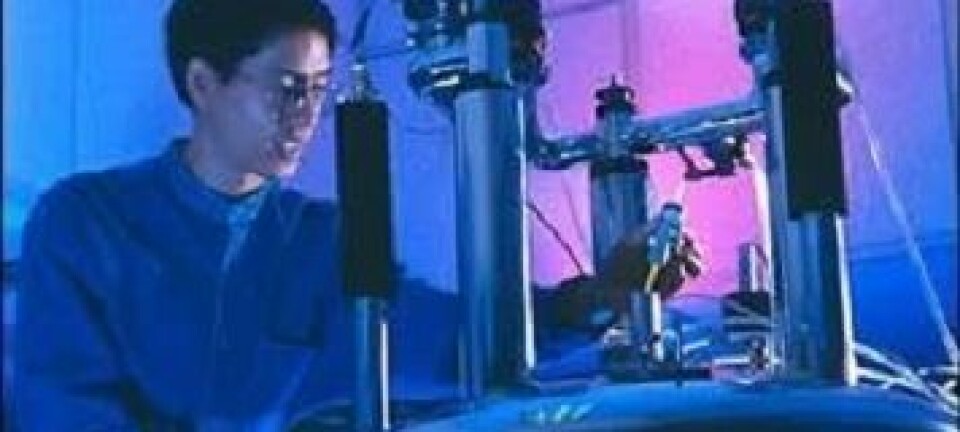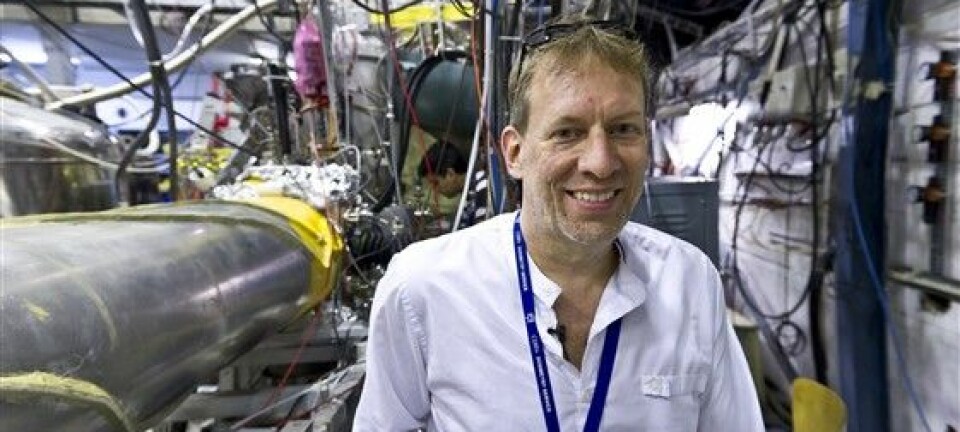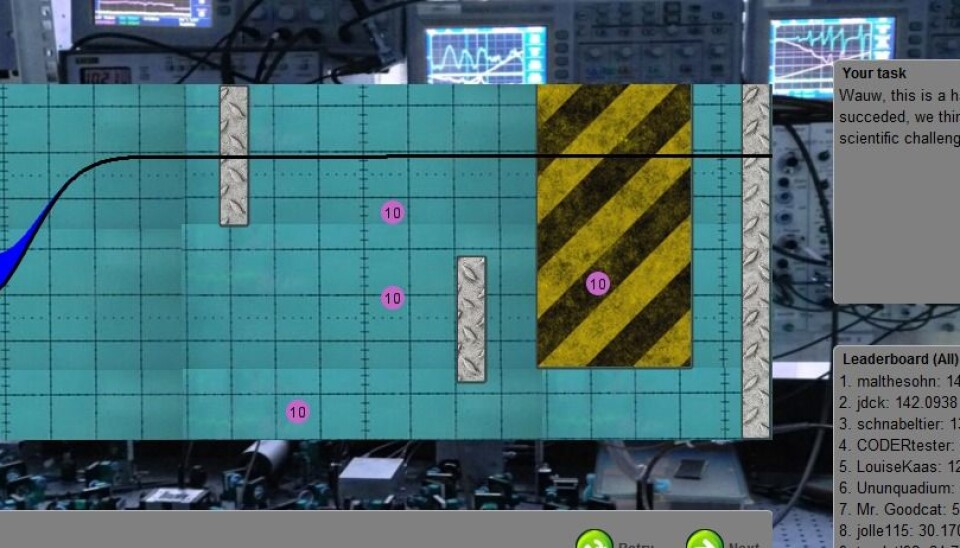
Play a computer game and help solve big physics mystery
The human brain can recognise patterns and make irrational choices much better than any computer can. Now you can help researchers develop a quantum computer by playing an online game.
An entirely random group of young gamers solving an advanced quantum mechanics problem? Doesn’t sound like the most likely scientific scenario, does it?
This is nevertheless the objective of a new online game, available to all who fancy helping out with the development of a new supercomputer. The first version of the game was launched earlier this week, and you can have a go yourself here.
Today’s computers, great as they are, cannot solve the riddle in the game; however, thousands of human brains working together might be able to do it.
We all have unique problem solving skills
”We are testing an entirely new type of research in which we use the internet to get in contact with a great number of people. We all have a unique ability to solve difficult problems,” says the man behind the project, Assistant Professor Jacob Sherson, a quantum physicist at Aarhus University’s Pilot Center for Community-driven Research.
The game is designed so that players contribute to the development of a supercomputer when they complete a level. The game consists of picking up an atom in a well, moving it past obstacles as quickly as possible and leaving it at the target position without any sloshing.
This is the same problem that Sherson is trying to solve in the real world by developing the first large-scale quantum computer.
‘Egg tray’ with atoms
He has built a crystal with a size of about a tenth of hair’s breadth. It is made from laser beams and looks a bit like an egg tray with 300 grooves, occupied by exactly one atom.
In the game, individual atoms need to be moved around between the grooves with laser tweezers.
Every time a player completes a level in a clever way, the exact mouse movements are saved.
Over the next year, Sherson will be programming the laser tweezers to copy the movements and move the atom exactly like the player did in the virtual world.
Sloshing atoms are a challenge
”It’s difficult to move atoms without causing them to slosh around inside the well,” says Sherson. “And it’s here that the small jerks and the irrational decisions of humans may help getting the atom to stay where it should be.”
A computer may be able to calculate the shortest and straightest path, but not the path that ensures that the atom won’t slosh around in the well.
The researcher has visited six Danish high school classes where the students could test the early versions of the game. He did this partly to present the students to the world of quantum research and partly to find the people with the skills required for the task.
“I only managed to complete one of the hardest levels twice, but there’s always one or two students who can do it in an instant.”
Scouting for special skills
The researcher is working with experts from other fields, including psychologists and teachers.
Together, they tried to pick the most suitable students and tried to figure out what it was that made them so good at solving the challenges.
The long-term plan is to get the best players to help with the design of new levels in the game.
”Being who I am, I get only few ideas within a certain framework,” says Sherson. “There are probably lots of people out there who think differently and who can thus develop new challenges that we can use in our research.”
Fewer computers in the future
The computer of the future will probably be based on atoms and quantum mechanics, but rather than everybody owning one computer, there will be fewer but more powerful computers in the future.
The researcher sees it as a problem for today’s computer manufacturers that it is virtually impossible to make the machines smaller without moving into the quantum territory, which would lead to new problems with controlling the atoms.
“It can be difficult to imagine that the technology will be more advanced than it is today, but when you’re presented with this idea about quantum computers, you actually get a realistic look into the future,” he says.
Fast-track science
Today there are quantum computers with 14 atoms, also known as quantum bits, or qubits. However, there is still a long way to go before Sherson’s computer can be used for anything more than simple calculations.
Adding an additional qubit takes months, and here the researcher is trying to skip the many stages using the players’ special skills.
”We’re starting with 300 atoms,” he says. “Perhaps we’ll be using quantum computers within a couple of decades.”
------------------------
Read the Danish version of this article at videnskab.dk
Translated by: Dann Vinther
